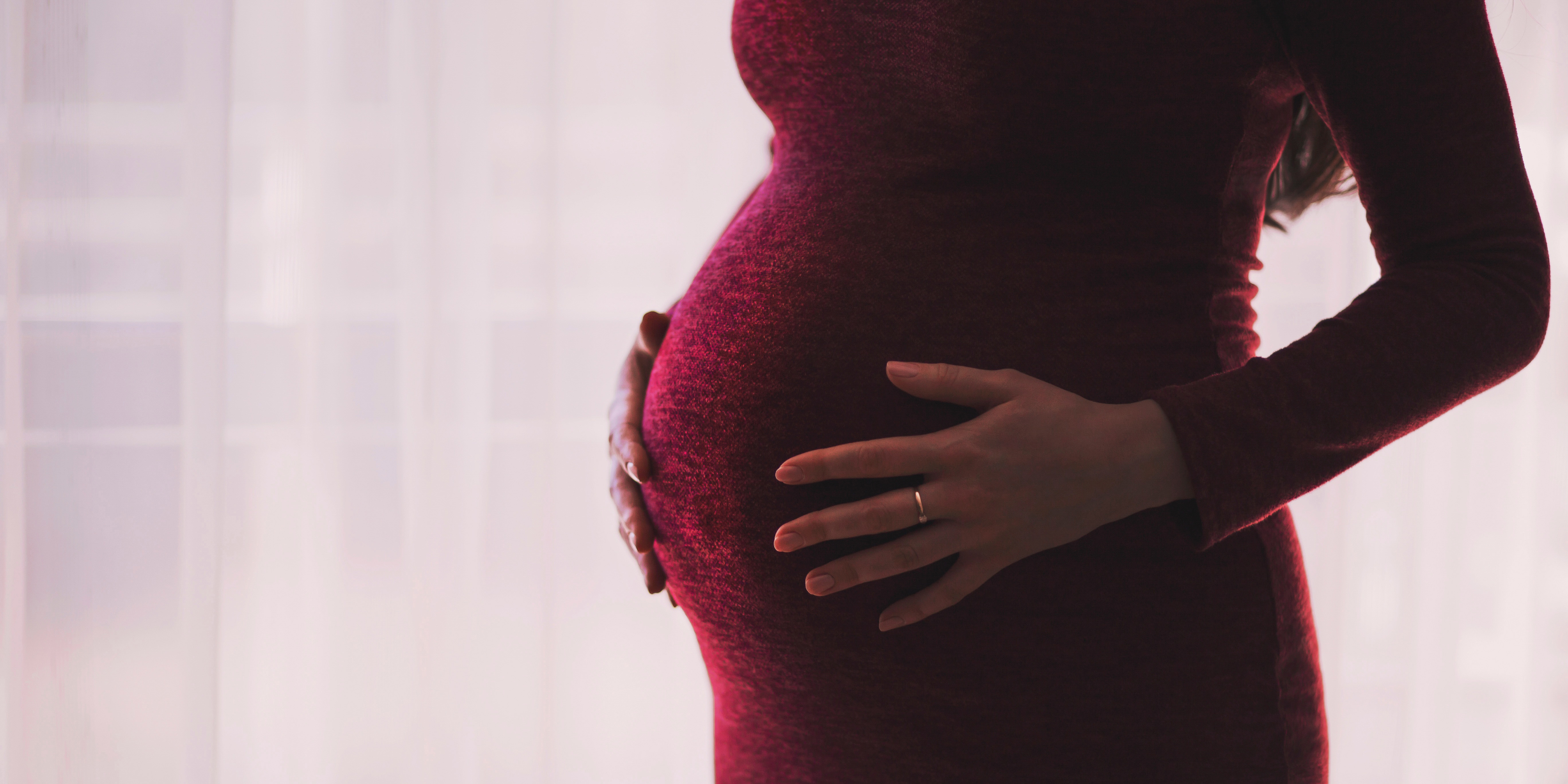
"Disproportionate" warning labels to cost $100 million

Food standards authorities have approved plans for mandatory pregnancy risk warning labels which could cost brewers $100 million, and the alcohol industry as a whole $400 million.
Food Standards Australia New Zealand (FSANZ) published a report yesterday approving requirements for a pregnancy warning label on alcohol containers in Australia and New Zealand.
It will make it compulsory for packaged alcoholic beverages to include a FSANZ-designed label, which is different from the voluntary label currently being used by the majority of the industry.

Pregnancy warning labels to be mandated by FSANZ
Since 2011, the alcohol industry has implemented a voluntary pregnancy warning labelling scheme.
However the move by FSANZ has been prompted by reports in recent years which found that while industry uptake of the warning label was increasing, there continued to be “low uptake in some product categories”.
“The updated consideration of costs and benefits concludes relatively few annual cases of FASD need to be avoided or reduced in severity to justify industry costs of incorporating the warning label,” Food Standards said in the report released yesterday to justify the move, which has been heavily criticised by the industry.
Ministers have 60 days to request a review of the decision to amend the Australia New Zealand Food Standards Code.
If it is not reviewed, the amendment will become law, and there will be a two-year transition towards the labelling.
Industry reactions
The announcement has been met with dismay across the alcohol sector.
IBA chair Peter Philip said that it was “extremely disappointing” that Food Standards ignored the brewing industry’s submissions during the October 2019 consultation.
“It’s got nothing to do with not being supportive of the objective. But you have an industry-wide health warning that’s trying to change the behaviour of the 1.2 per cent of women who still drink while pregnant,” he told Brews News, referring to the proportion of women who do not cut down or abstain from alcohol altogether during pregnancy, according to FSANZ statistics.
“The disappointing thing is that the size and the extreme nature of the health warning that they are now mandating is going to diminish the effectiveness of the other information on the packaging.
“For instance, the number of standard drinks affects every person. It’s something everyone should be aware of, and all the available research says that’s important.”
Philip explained that while the alcohol industry is very supportive of measures to reduce harm caused by alcohol, and in this particular case fetal alcohol spectrum disorders (FASDs), the requirements of the amendments were disproportionate to its aims.
“They’re forcing us to spend a massive amount of money to attack a problem that even by their own admission is a problem for a very small segment of the marketplace,” he said.
“It will cost the brewing industry alone $100 million over the next ten years, and the wider alcohol industry $400 million. That’s hundreds of millions that would otherwise be spent on creating jobs, expansion and investment.
“The industry went back and pointed out all this out and they’ve completely ignored that advice.”
He said that the IBA would be communicating with its members actions they can take.
“We will be going to our members and recommending they tell people about this, point out the wastefulness of FSANZ‘s actions, and advise them to go to their local politicians.
“We’ll be putting out information to our members to share with the public that ultimately this is increasing the price of beer for consumers.
“We can’t afford to swallow $100 million in costs. Our members are small businesses and in many cases are doing it tough, and they will have to pass this one on.
“We’re supportive of having labelling and no one is pushing back, but this is a completely disproportionate response.”
The Alcohol Beverages Australia lobby group called the decision by FSANZ “short-sighted”.
CEO Andrew Wilsmore said it was a “bitter disappointment” and that the move will impose costs of at least $400 million on the alcohol industry as a whole.
A study by PwC in 2008 commissioned by FSANZ itself found that there would be an average cost of between $9,000 to $10,000 for a major label change.
“The Food Forum Ministers can request a review of the FSANZ decision and the industry is calling upon the Ministers to reject the proposal,” a spokeswoman for ABA told Brews News.
“The point is that we don’t think that health outcomes will be improved by changing the labels – we already know that women have high awareness about the risks of drinking while pregnant. The industry wants to adopt the current labelling and make that mandatory.”
Requirements for the label include:
- Use of the colour red instead of the specific Pantone 485 red colour for the circle and strike-through of the pictogram and signal words
- Revising the warning statement to ‘Alcohol can cause lifelong harm to your baby’ from ‘Any amount of alcohol can harm your baby’.
- A minimum label size is specified for different beverage volumes and types of packages. For packaged alcoholic beverages of 200 ml or less the pictogram only is required.



